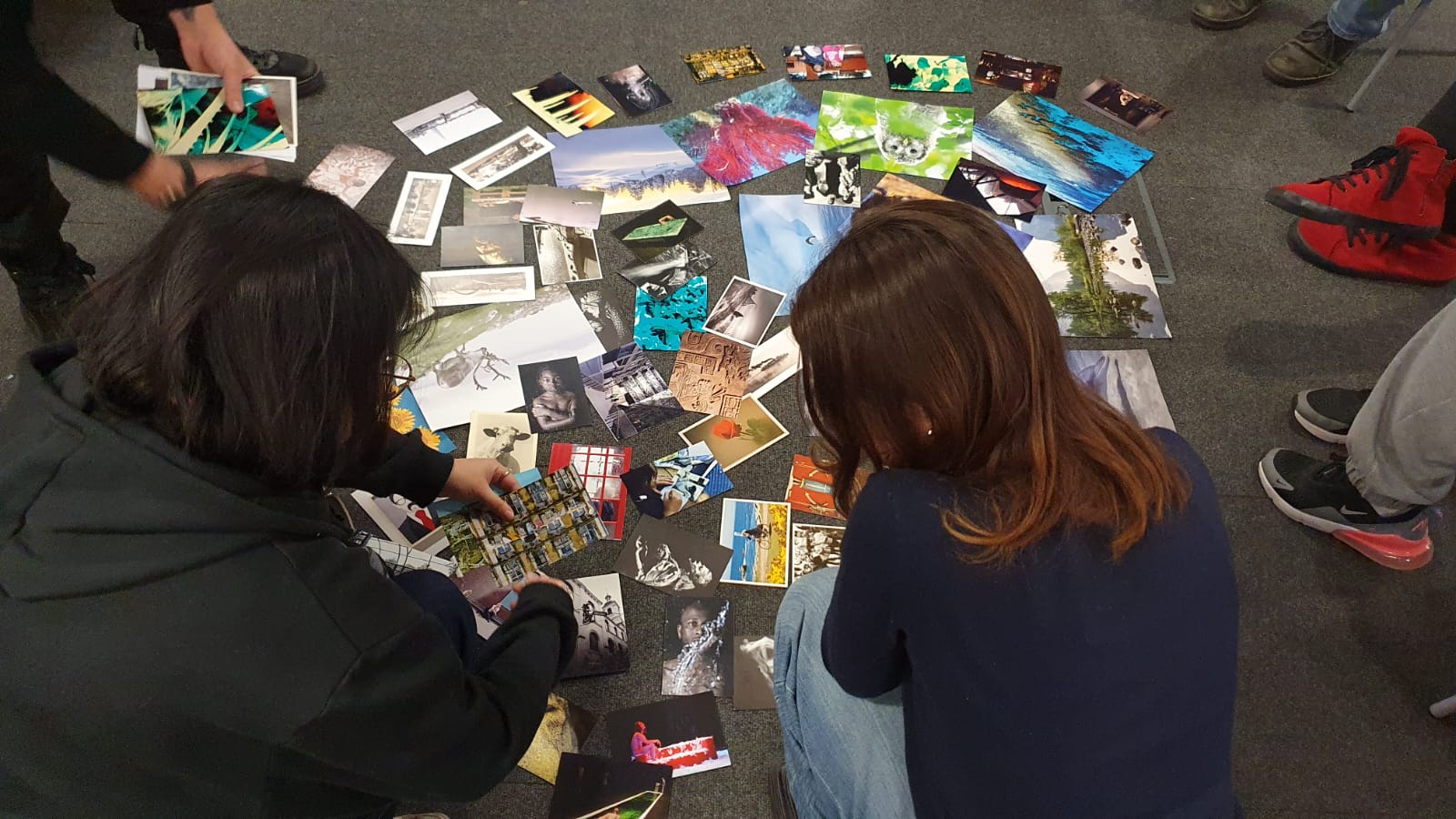Dinda Prayunita is currently pursuing an MSc in Sustainable Development at KU Leuven. She has extensive experience in forestry and biodiversity conservation and has become increasingly interested in the social science domain to achieve better conservation outcomes. To pursue this interest, she recently organised a webinar on more holistic ways of doing conservation that featured Cobra Collective member Julia Jung. As her interests are highly aligned with the Cobra Collective approach, we invited Dinda to share some reflections on her research journey in the following blog post.
As someone who has trained as a natural scientist, I have tended to undervalue the importance of social science. But the widespread acknowledgment of the need for societal transformations in nature conservation made me aware of the critical role of the social dimensions of conservation initiatives. As I delved deeper into the topic, I became curious about how social science theory and practice could be leveraged to advance conservation efforts. This curiosity and the desire to disseminate these insights more widely led me to organize a webinar titled "Plural Ways for Complex Words: Imagining Different Shared Futures and More Holistic Ways of Doing Conservation" on April 24, 2023. The webinar featured Julia Jung, an ocean scientist and member of the Cobra Collective with a passion for promoting transdisciplinary collaboration and more equitable marine research practices.
The webinar influenced my journey toward comprehending humans as the subject of conservation practices. It has been shaped by a fundamental question: how do humans relate to nature? Traditionally, instrumental and intrinsic values have been proposed to describe this. Some of us may be motivated by instrumental values, viewing nature as a resource to be protected for our own benefit. Others may prioritize intrinsic values, highlighting the importance of conserving nature for its own sake, even if it doesn’t directly benefit humans. As a natural scientist, I have grappled with this tension between instrumental and intrinsic values. I have come to realize that focusing on either of them misrepresents their entangled nature. In reality, nature conservation is a complex, multifaceted endeavor that requires us to understand the interconnected relationships between individuals, their communities and nature. This can be more adequately described and cultivated using relational values. This approach acknowledges the links between instrumental and intrinsic values as both form a part of how humans interact with nature and with each other, including stewardship practices and behaviors that promote a fulfilling and meaningful life. In practical terms, this means taking a holistic approach to conservation that honors the relationships of local communities with their environment. It also highlights the potential role of traditional and Indigenous knowledge and practices that have sustained those human-nature relationships over time.

When reflecting on my understanding of relational values, I found that it aligns with conservation approaches such as community-based conservation, co-management and participatory or collaborative conservation, which also stress the complex interrelationships between social and ecological systems. Although such approaches are increasingly used also in natural science circles, incorporating an understanding of relational values in all elements of project conception, design and implementation is still often lacking.
Another specific approach that resonated with me from the webinar were arts-based methods. These involve using various forms of creative expression, such as visual arts, performance, storytelling, and music, to give voice to local perspectives, engage people in conservation issues and inspire new ways of thinking about and relating to the natural world. These methods are often used to encourage the co-creation of knowledge and action between scientists, conservation practitioners, and local communities. One example of such is Algoa Bay, South Africa, where the project team used photography and storytelling to highlight cultural connections between local communities and the ocean. These methods allowed community members to reflect creatively on the past and envision more inclusive futures, where they have a greater role in the management and protection of their coastal environment. This case study taught me the significance of stories and narratives in building relationships between different actors by generating empathy and understanding of diverse perspectives and values.
In my view, incorporating relational values into conservation practice emphasizes the importance of the engagement process and recognizes the complex interrelationships between people, communities, institutions and the environment. It can lead to a deeper understanding of the nature of conservation efforts, highlight the needs and perspectives of local communities and foster a greater sense of responsibility towards nature. Although knowledge of relational values is essential for successful conservation efforts, it is only one element of the process. It is crucial to combine this approach with scientific evidence in participatory processes that are fair and just, while being mindful of key interests, agendas, and power dynamics of the different stakeholders.
- Dinda Prayunita




